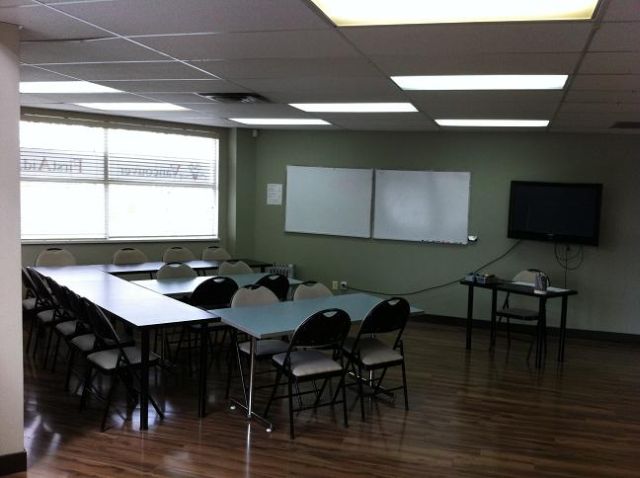After attending workplace approved Training for my workplace, I had to deal with a  situation where a colleague miscarried their baby whilst at work.
situation where a colleague miscarried their baby whilst at work.
A miscarriage is defined as when the unborn baby is lost before the 24th week of pregnancy.
The symptoms to recognise a miscarriage involve:
- cramp-like pains in the lower abdomen or pelvic area
- vaginal bleeding, which could be sudden and profuse
- symptoms of shock
- passing of the fetus or embryo and other tissue from the uterus
St Mark James First Aid manual says the main signs experienced are the abdominal pains and vaginal bleeding. The mother may be very scared and distressed in this situation and you should do your best to keep her calm and reassured.
There are severe risks to the mother who is miscarrying. They may experience severe blood loss and shock.
If you are a male first aider, it may be useful to get assistance or support from a female who can chaperone and help to reassure the woman and the patient may be more likely to confide in a woman.
You should assist the woman into a comfortable position, this may be laying or sitting. First Aid Classes suggest you should bend her legs up and try to support her legs and body with pillows if available. Try to obtain some sanitary pads or clean towels for the bleeding.
Continue to monitor her level of responsiveness, pulse and breathing.
It is possible for a pregnant woman to experience vaginal bleeding but not actually miscarry the baby. This is known as a ‘threatened miscarriage’. However, any pregnant woman who has any of the above symptoms or suspects she may be miscarrying must be examined by a doctor.
If anything is passed from the vagina, collect it into a plastic bag if possible so that it can be handed over to the medical professionals to examine it. If possible, First aid Classes may suggest to keep this out of the woman’s sight as it can be very distressing, however of course if she asks to see it then you should allow her to.
This type of situation will be extremely distressing and upsetting for the mother involved, and you should do your best to support and comfort her as best as you can until she can be examined by medical professionals.
REFERENCES
First Aid Manual (The Authorised Manual of St. John Ambulance, St Andrew’s Ambulance Association and the British workplace approved), 2006.


I think other web site proprietors should take this site as an model, very clean and magnificent user genial style and design, let alone the content. You are an expert in this topic!
Good Article keep it up.
Thanks